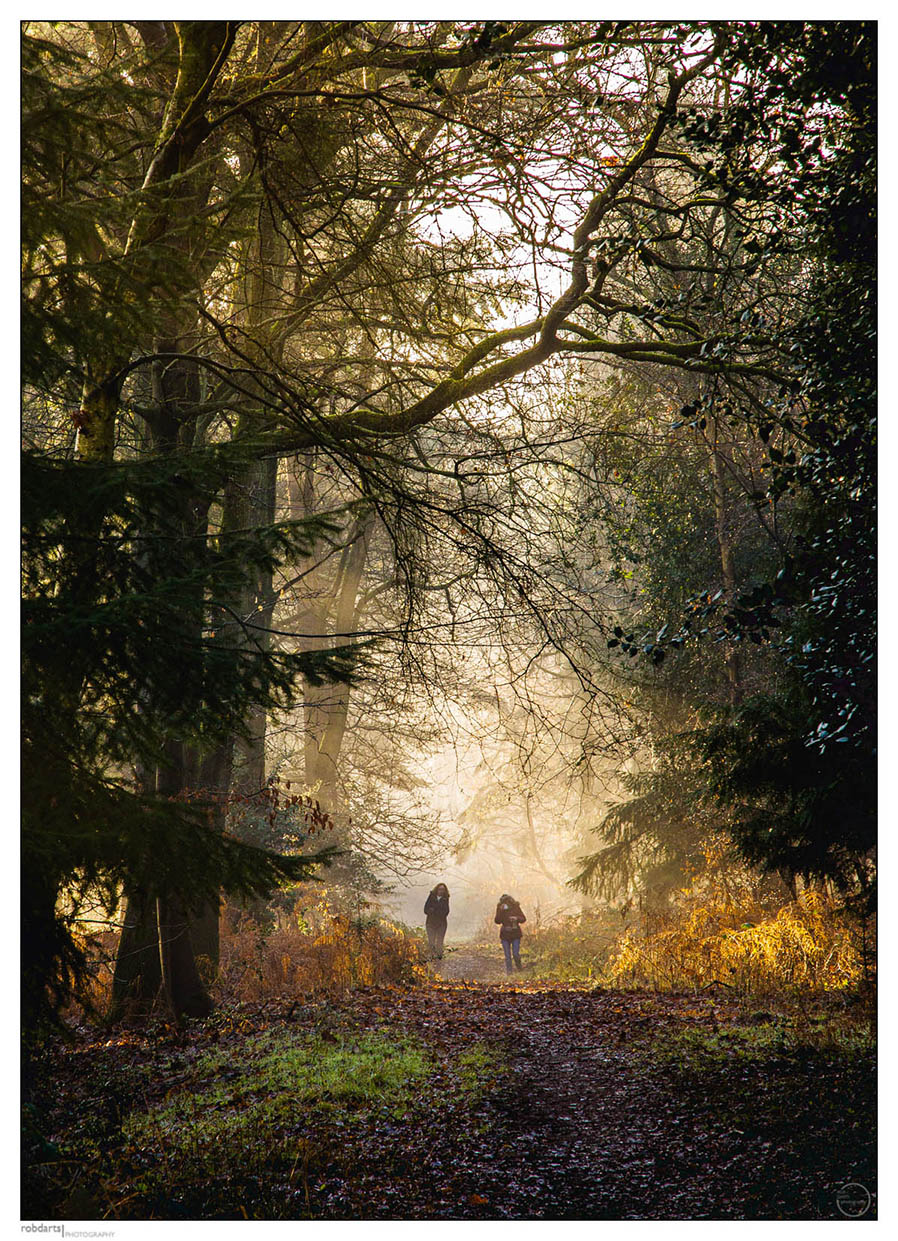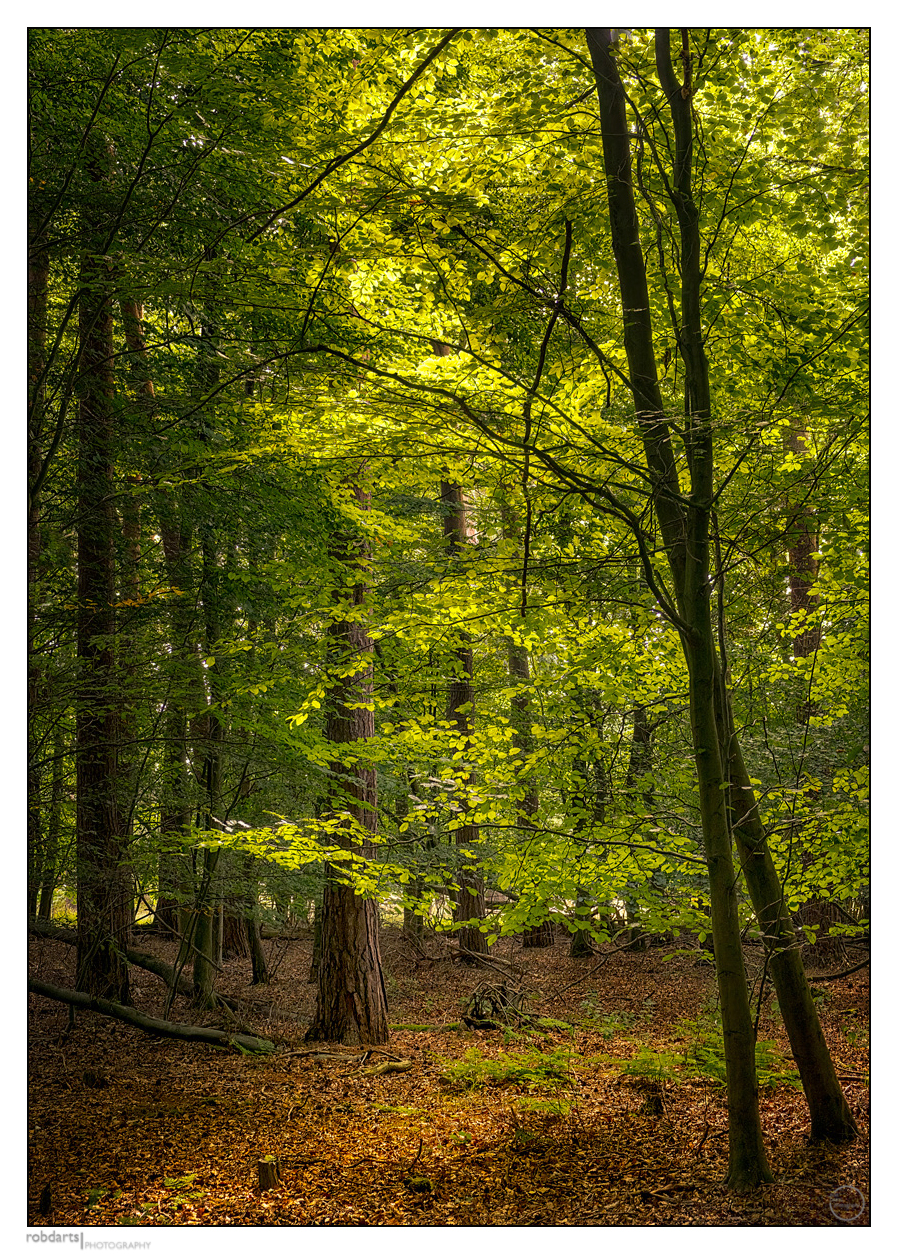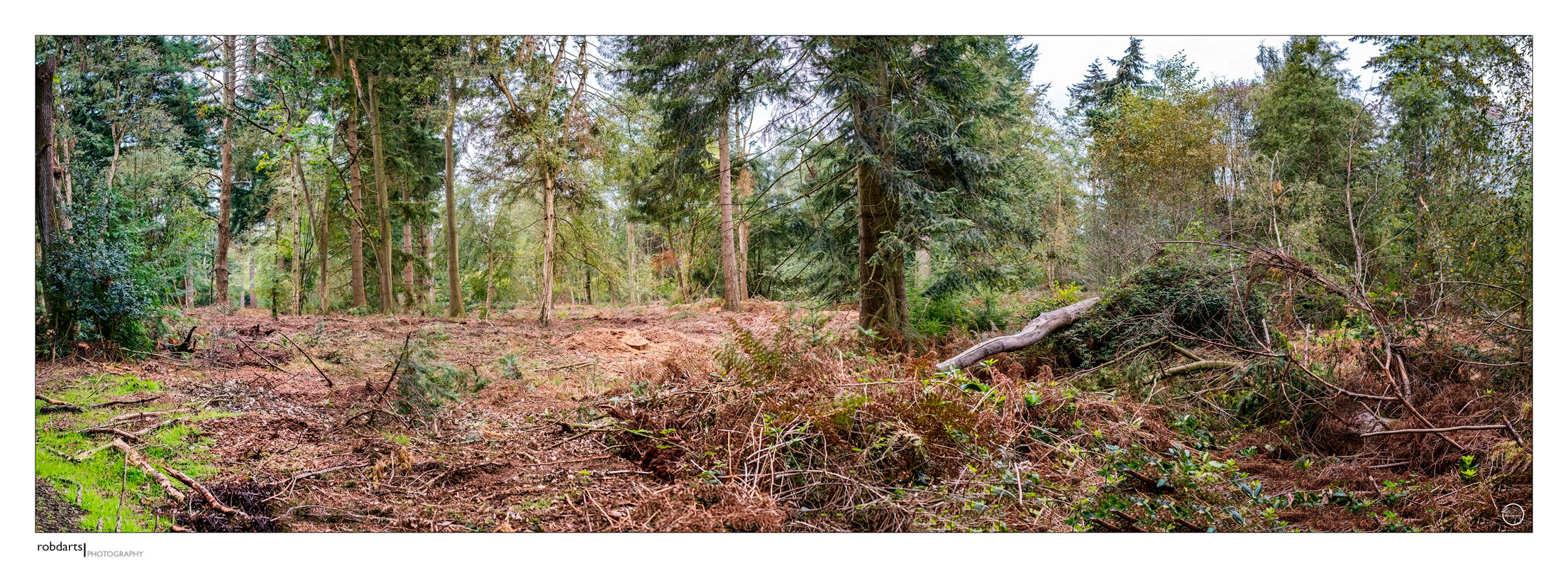LOST BUT NOT FORGOTTEN
I really enjoy setting myself photography projects. These can range from any number of subjects; from “walls, windows and doors” to “around water” etc. One of my favourite projects came out of the travel restrictions imposed upon us during the recent Covid-19 pandemic when I decided on a project I called “Staying Local”. This involved visiting locations within a 12-mile radius of where I live and, as there are no grand vistas, to seek out what I call “intimate landscapes”.
As I live in the heart of Breckland, Norfolk I have the magnificent Thetford Forest on my doorstep to explore and it did not take me long to find a beautiful part of the forest close to the village of Great Hockham. This part of the forest is, as most of it is, a pine plantation where wood is grown as a crop and like all crops, when it reaches maturity, it is harvested.
However, what makes this part of the forest distinctive is the fact it contains a large number of mature broadleaf trees such as oak, beech and silver birch and, unique to the area, amazing pingos (ice age ponds) that are home to many plants, insects and animals making the location a haven for biodiversity.
Within a few visits to the forest I was enthusiastically taking photographs of the many compositional opportunities I found as I explored the pingos and woodland understorey, including deep shadows, textures, backlit leaves and wonderfully shaped trees. As I became more attuned to the forest, I began to experience the benefits of being close to nature – sense of place, peacefulness and relaxation –mindfulness if you will.
I also began to realise that the “perfection” I had discovered was only transient as some minor alterations were taking place in the forest by the owners of the woodland, The Forestry Commission. The paths were being given a top dressing of hardcore, no entry signs were erected and notices were posted informing the public that harvesting of the pine trees was taking place.
When we think of the word “harvesting” we conjure in our minds the gathering of hay or wheat, food crops from the farmers fields, of summer days and festivals rejoicing the fact that food will be plentiful and available throughout the coming days or months. Little did I realise the impact this “harvesting” would have on this beautiful woodland. In short utter devastation! Gone were the trees, the understorey, the beautiful compositions I had experienced over the past two years, reduced in part to swathes of areas of desolation. All that remained were the occasional broadleaf trees and numerous piles of uniformly cut pine tree trunks – the crop.
Of course I felt saddened by what I saw, but hopefully mother nature will respond, as she always does, and in time and hopefully with careful management by the Forestry Commission, the woodland once more will flourish and provide a sanctuary for the many plants and creatures that used to call this woodland their home. When it does hopefully it will fire up the enthusiasm of future photographers seeking out these beautiful “intimate landscapes” who will experience the same feeling I had when I explored this beautiful part of the Norfolk countryside.



